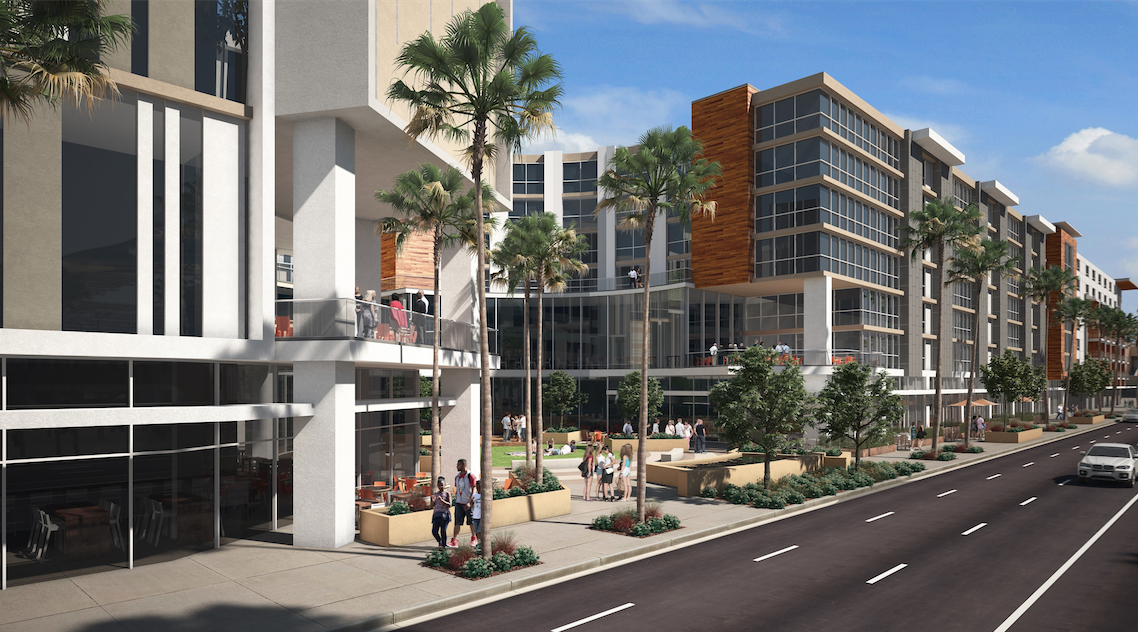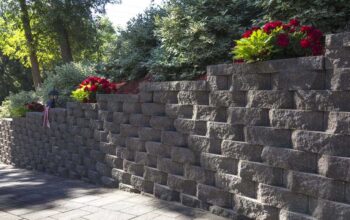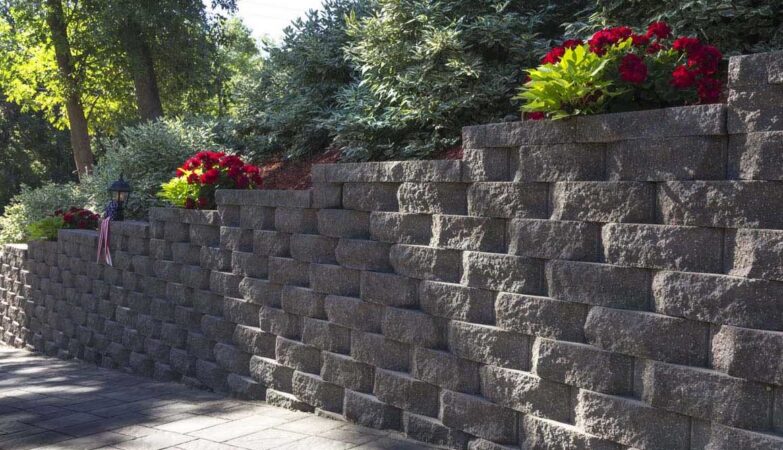Mixed-use developments are an important component of contemporary urban planning. These developments combine multiple land uses, like housing, offices, retail, and entertainment, into a single, cohesive project. In the opinion of Joe Cianciotto, mix-use developments are often meant to create walkable, vibrant communities that reduce the need for long commutes, and help elevate the quality of life for residents. The approach facilitates the development of self-sustaining communities that foster social interaction and reduce the need for long commutes.
Joe Cianciotto sheds light on the popular types of mixed-use developments
The growing prominence of mixed-use development in the real estate industry cannot be overstated. It effectively addresses the rising demand for sustainable living environments, while also contributing to economic growth by attracting businesses and residents to the same area. Mixed-use developments are designed to create pedestrian-friendly environments that effectively combine multiple types of land uses, like residential, commercial, cultural and institutional.
Mixed-use developments can be categorized on the basis of their layout and scale:
- Horizontal mixed-use development: Such projects spread multiple property uses across adjacent buildings within a single development area. The setup of Horizontal mixed-use development tends to allow for larger residential units, offices and retail spaces, thereby offering a balanced mix of functionalities and easy accessibility. A horizontal mixed-use project, for instance, may include separate commercial, residential and recreational buildings within the same block. This layout is pretty common in suburban or less densely populated urban areas.
- Vertical mixed-use development: Vertical mixed-use development involves incorporating multiple uses or functions within the same buildings. The lower levels of the building are ideally designated for public purposes, and the upper ones are used for more private activities. For example, the ground floor of the building may feature restaurants and retail stores, while the floors above can accommodate offices. The topmost floors are generally dedicated to residential spaces like apartments and condominiums. It is pretty common to find entire neighborhoods or blocks consisting of vertical mixed-use buildings in large cities today. Vertical mixed-use developments have become commonplace in densely populated urban areas where land is limited.
- Walkable mixed-use development: These developments prioritize pedestrian accessibility, and create environments where residents are able to easily down to shops, restaurants, offices and recreational facilities. Walkable mixed-use development supports sustainable living by lowering the reliance on automobiles and promoting healthier lifestyles.
As per Joe Cianciotto, the seamless integration of multiple land uses within a single project is among the hallmark features of mixed-use development. The proximity of varied uses helps promote synergies. For instance, due to the nearby residential areas, retail businesses may enjoy increased foot traffic. On the other hand, having access to services and amenities within walking distance would allow residents to enjoy a more convenient lifestyle. In addition to elevating the quality of life, this proximity also fosters a sense of community.
Well-designed mixed-use developments prioritize connectivity to public transportation options, such as buses, metro lines, and bicycle-sharing systems. This encourages sustainable travel and reduces dependency on private vehicles. Walkability is a key aspect of mixed-use developments, and is typically achieved through accessible sidewalks, pedestrian zones, and crosswalks.











